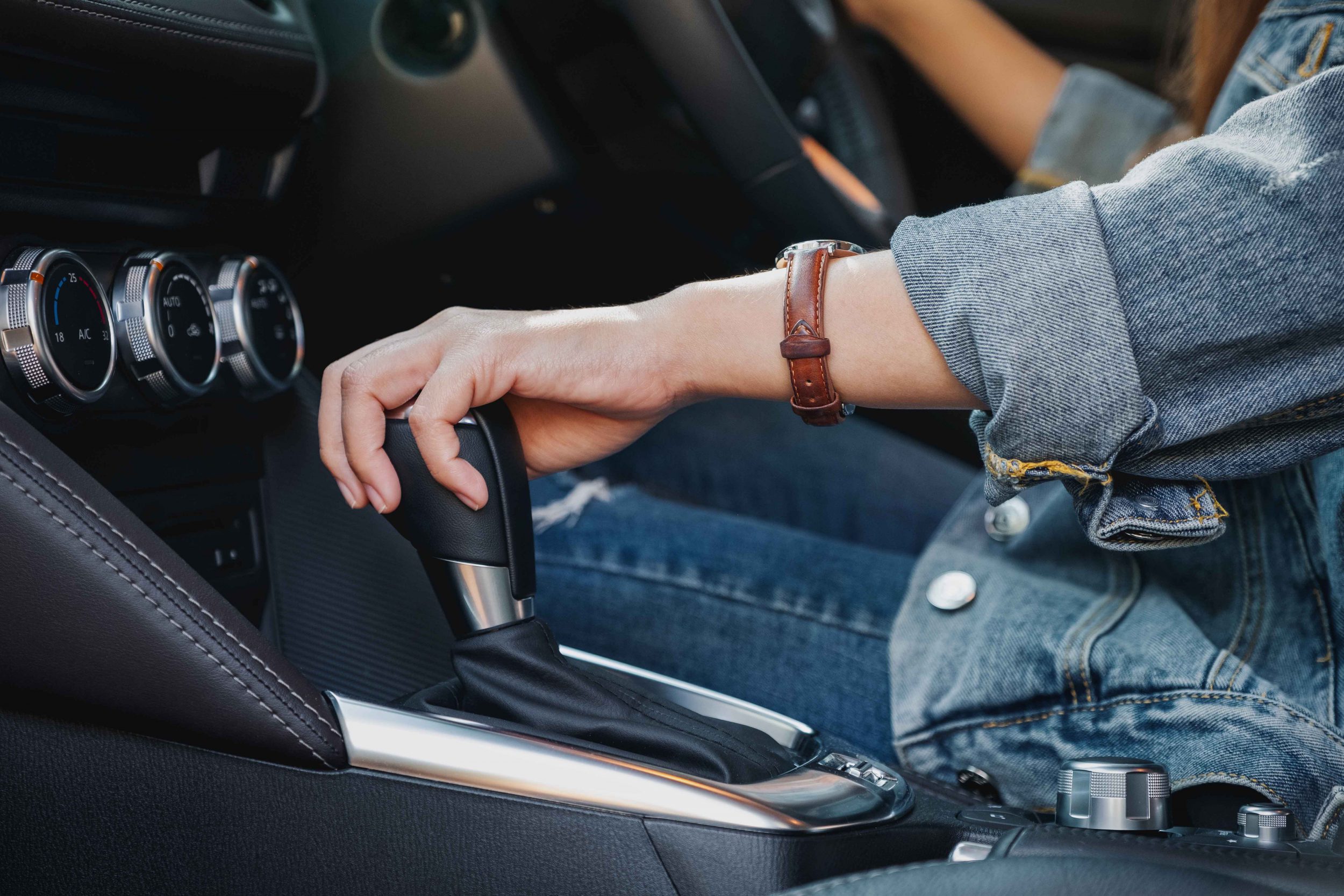Learning to drive is an exciting milestone, and one of the first decisions you’ll need to make is whether to learn in a manual or an automatic car. Whilst the traditional route has generally been to learn in a manual car, more and more learners are choosing to learn to drive in an automatic.
If you’re considering learning to drive in an automatic car, this guide will help you to understand the pros, cons and how you can get started – from booking an automatic driving test to our top tips for finding the right instructor.
In this article…
- Can you learn to drive in an automatic car?
- The rise in automatic learner drivers
- Manual vs automatic
- The future of driving
- How to book an automatic driving test
- Finding an instructor
- Pass rate
- Questions to ask before you book an automatic driving test
- 5 tips for driving an automatic car
- Drive an automatic car with total peace of mind
Can you learn to drive in an automatic car?
Yes, you can learn to drive in an automatic car. However, if you do pass your driving test in an automatic car, your licence will be restricted to automatic vehicles. This means you won’t be legally allowed to drive a manual car without taking another driving test specifically for manuals. For many drivers, this limitation is a deal-breaker, but for others it can be worth the trade-off for a simpler learning process.
The rise in automatic learner drivers
More and more people in the UK are choosing to learn to drive in an automatic car. Research from the DVSA shows that demand for automatic driving tests has increased significantly in recent years, with the BBC reporting one in four tests are being taken in automatic cars. This is likely driven by the increased popularity of electric vehicles (EVs) and the growing popularity of automatic cars in general.
Manual vs automatic
Automatic cars are definitely becoming more popular in the UK, with the DVLA reporting that tests taken in automatic cars have increased by 238% over the past decade. This increase is likely driven by hybrid and electric vehicles which are almost exclusively automatic.
However, lots of learners are choosing automatics to learn to drive in for ease. It isn’t necessarily quicker to learn to drive in an automatic car, with learners still needing to master essential skills like hazard perception and driving manoeuvres, but the process of managing gears is removed.
For more information about manual vs automatic cars you can find a full breakdown here.
The future of driving
The shift to the preference of automatic cars links in with the UK’s commitment to phasing out new petrol and diesel cars by 2035. Along with this and EV sales increasing, it is likely we’ll see a continued increase in learner drivers choosing to take their lessons and tests in automatic cars.
How to book an automatic driving test
- Visit the official DVSA website
- Choose the type of test you want to take from the list. The option for an automatic test should be listed under ‘car’
- Fill in your licence and personal details
- Choose your preferred test centre and date
- Pay the test fee and confirm your booking
Finding an instructor
Whilst there are plenty of driving instructors across the UK, the number offering lessons in automatic cars can still be quite low depending on your location. According to Yell.com listings for driving instructors in over 50 towns and cities, on average only 8% teach in an automatic vehicle.
Automatic lessons also tend to be slightly more expensive, so planning ahead to find the right instructor for you when wanting to learn in an automatic is essential.
Pass rate
Figures from the DVSA show that in 2022-23, the average pass rate when taking a test in an automatic car was 42.7%, compared with 48.4% for manual tests.
There are obviously other contributing factors to whether people pass or fail their tests, so whilst it’s not necessarily harder to pass in an automatic, these figures suggest that learners shouldn’t assume that automatic lessons guarantee a quicker route to getting their license.
Questions to ask before you book an automatic driving test
When preparing to take your driving test, there are certain questions you can ask potential driving instructors to ensure you choose the right instructor for you, and make your journey to getting your licence easier. Some helpful questions include:
- Are you DVSA approved?
- What is your current pass rate for automatic learners?
- How do you structure lessons to help build confidence on the roads?
- What will my lesson plans look like?
- Do you offer mock tests?
- Are you familiar with the local driving test routes?
For more advice, see our full guide on questions to ask your driving instructor.
5 tips for driving an automatic car
On the face of it, driving an automatic car may seem more straightforward than a manual, but there are still key things you need to remember.
- Get familiar with the gear stick: most automatic cars have a gear stick featuring P, R, N, D (Park, Reverse, Neutral, Drive). You should make sure you’re familiar with each abbreviation and know when you need to use each.
- Use your right foot only: the lack of a clutch pedal might feel strange to some drivers, but you shouldn’t be tempted to use your left foot on the pedals as it’s not recommended for standard, safe road driving.
- Practice hill starts: it’s a good idea to practice general driving in an automatic to get familiar with the vehicle. Hill starts are a great place to start as automatic cars handle hills differently, with most automatics having hill-hold assist which prevents them from rolling backwards on inclines.
- Stay alert in stop-start traffic: whilst gear changes aren’t needed in the same way as in a manual, you should keep focused on speed control and following at safe distances in traffic. You can even utilise your car’s neutral feature if the wait is very long.
- Know your car’s features: lots of modern automatic cars come with different features, especially if the car is an EV. You should make sure you’re familiar with these features as they could help you on the roads.
Drive an automatic car with total peace of mind
Whether you’re preparing for your first automatic driving lesson or switching cars from a manual to an automatic, having the right cover is essential. With our flexible learner driver insurance, you can practice in a friend or family members car with confidence or take an automatic out for a drive to ensure it’s right for you.
Our short-term policies are designed to fit around your learner journey, with policies ranging from 1 day to 5 months, giving you total peace of mind whilst you focus on getting your licence.
Find out more about our short-term learner driver insurance and get a quote today.



